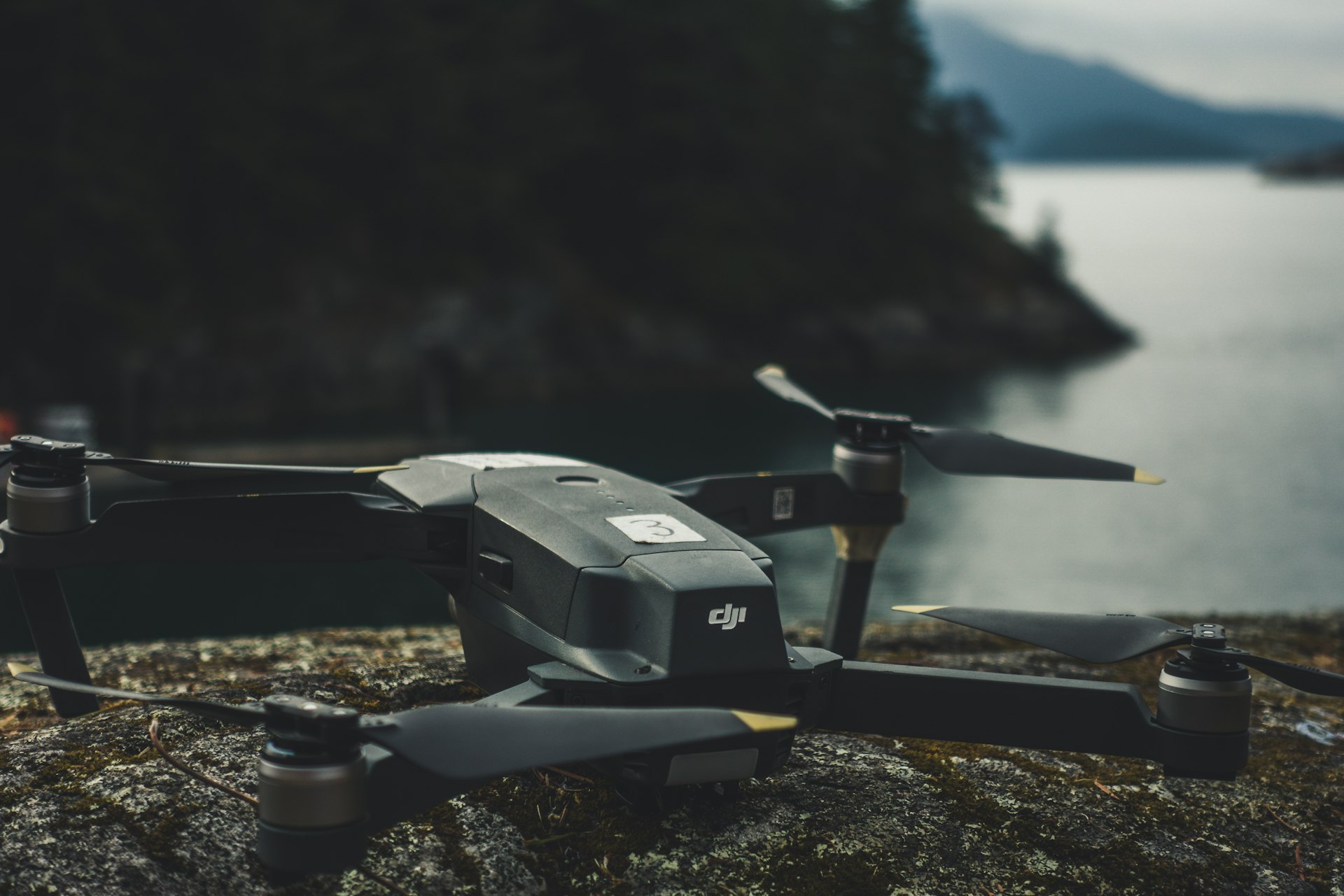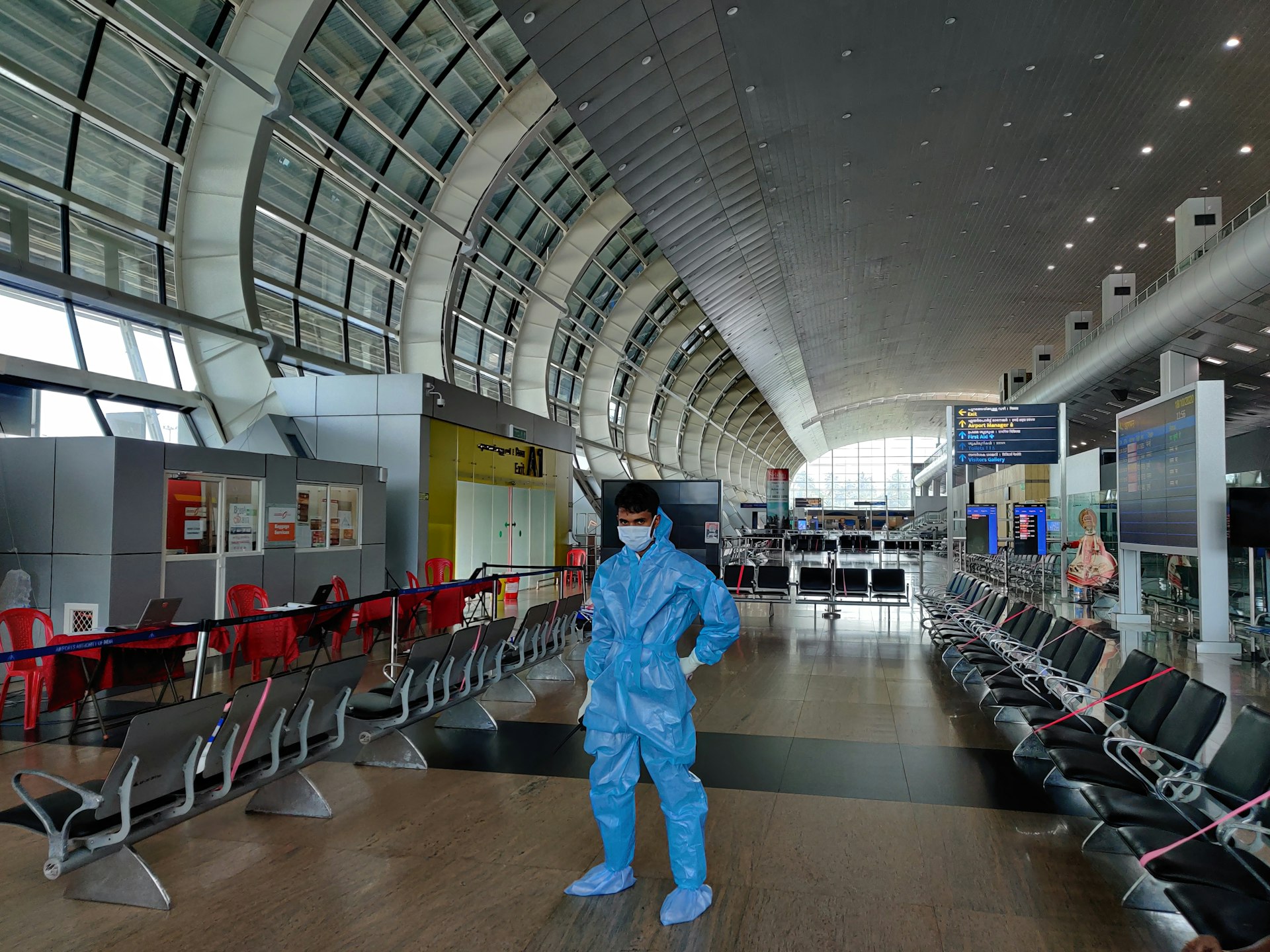How Predictive Analytics is Transforming the Retail Industry: Benefits, Applications, and Implementation

Photo by Artem Beliaikin on Unsplash
Introduction: The Rise of Predictive Analytics in Retail
The retail industry is experiencing a profound transformation, driven by the integration of predictive analytics . This technology leverages historical data, machine learning algorithms, and statistical modeling to forecast trends, optimize business decisions, and create a more responsive retail environment. In an era marked by rapidly shifting consumer preferences and supply chain challenges, predictive analytics empowers retailers to move from reactive to proactive strategies, improving operational efficiency and customer satisfaction [2] .
Understanding Predictive Analytics in Retail
At its core, predictive analytics involves analyzing existing data to make informed predictions about future outcomes. In retail, this means using sales history, customer behavior, inventory levels, and even external factors like weather or social media sentiment to:
- Forecast consumer demand for specific products
- Optimize pricing and promotional strategies
- Personalize customer experiences
- Reduce costs associated with excess inventory or stockouts
- Identify emerging trends and adapt proactively
Retailers have used data for decades, but predictive analytics accelerates and refines decision-making, helping businesses stay ahead of market dynamics [2] .
Key Benefits of Predictive Analytics for Retailers
1. Improved Inventory Management
One of the most impactful benefits of predictive analytics is inventory optimization. By accurately forecasting demand, retailers can reduce overstock and stockout situations by up to 30%, according to industry research [1] . This translates into:
- Lower storage and logistics costs
- Fewer markdowns and obsolete products
- Consistent product availability, leading to higher customer satisfaction
For example, major retailers like Family Dollar have implemented predictive analytics platforms to refine merchandising, leading to fewer markdowns and reduced stock shortages [5] .
2. Enhanced Demand Forecasting
Accurate demand forecasting allows retailers to anticipate what products will be in demand, when, and in what quantities. This reduces the risk of missed sales opportunities and waste from unsold inventory. Retailers can use analytical forecasts (based on historical data) or expert forecasts (informed by industry specialists), with analytical methods being more widely adopted due to their scalability and precision [3] .
3. Increased Profitability
Adopting predictive analytics can boost profitability by up to 10%, as reported by McKinsey & Company [4] . This is achieved by aligning inventory with demand, minimizing losses from overstock or stockouts, and optimizing pricing strategies. The result is a more efficient allocation of resources and higher margins.
4. Better Customer Experiences and Personalization
When shelves are stocked with the right products, and promotions are targeted based on predicted preferences, customers are more likely to find what they want and feel valued. Personalized experiences can lead to higher repeat purchase rates and stronger brand loyalty. Retailers are increasingly using predictive analytics to tailor assortments to local preferences, further enhancing the shopping experience [1] .
5. Supply Chain Optimization
By forecasting demand and potential disruptions, predictive analytics enables retailers to streamline supply chain logistics, reduce lead times, and improve supplier management. This leads to a more resilient operation, better able to adapt to market shocks or sudden changes in consumer demand [4] .
Real-World Use Cases and Examples
Major retailers such as Walmart, Target, and Family Dollar have integrated predictive analytics with measurable results. For instance:
- Walmart leverages predictive models to anticipate shopping patterns, optimize stocking, and streamline logistics, ensuring popular products are always available [4] .
- Family Dollar uses AI-powered analytics to refine product selections and reduce markdowns, resulting in fewer lost sales due to stockouts [5] .
- Prologis applies predictive analytics to supply chain optimization, improving efficiency and responsiveness during market fluctuations [5] .
How to Implement Predictive Analytics in Your Retail Business
Step 1: Assess Your Data Readiness
Begin by evaluating the quality and availability of your data. Successful predictive analytics relies on comprehensive, accurate historical data from sales, inventory, and customer interactions. If your data is incomplete or siloed, consider investing in data integration solutions. Consult with IT or analytics professionals to audit your data infrastructure.
Step 2: Define Business Objectives
Identify the specific areas where predictive analytics can deliver the most value, such as inventory optimization, demand forecasting, or personalized marketing. Set clear objectives and key performance indicators (KPIs) to measure progress.
Step 3: Select Appropriate Tools and Partners
There are numerous analytics platforms and service providers specializing in retail predictive analytics. When choosing a solution, consider:
- Integration capabilities with existing systems
- Ease of use and scalability
- Proven track record and customer support
Major vendors often provide case studies and trial periods. It may be beneficial to consult industry reports or reach out to peer networks for recommendations.
Step 4: Develop and Test Predictive Models
Work with data scientists or analytics vendors to design predictive models tailored to your business needs. Start with pilot projects in a single department or product category, then evaluate results before scaling. Monitor outputs for accuracy, and refine models based on performance and feedback.

Photo by Artem Beliaikin on Unsplash
Step 5: Integrate Insights into Decision-Making
Ensure that insights generated by predictive analytics are actionable and integrated into daily operations. Train staff on interpreting and applying analytics-driven recommendations. Regularly review performance against KPIs and adjust strategies as needed.
Alternative Paths and Additional Resources
If you lack in-house expertise, consider partnering with consultants or third-party analytics providers. For guidance on selecting vendors or understanding best practices, industry associations (such as the National Retail Federation) and business intelligence conferences can be valuable resources. You can search for recent industry white papers or case studies using terms like “predictive analytics in retail case studies” for deeper insights.
Potential Challenges and Solutions
Implementing predictive analytics is not without hurdles:
- Data Quality Issues: Incomplete or inconsistent data can undermine model accuracy. Invest early in data cleansing and integration.
- Change Management: Employees may resist new technology. Offer training and highlight tangible benefits to encourage adoption.
- Cost Concerns: Predictive analytics platforms require upfront investment. Start with high-impact pilot projects to demonstrate ROI before full-scale rollout.
- Privacy and Security: Ensure customer data is handled in compliance with regulations and best practices. Consult legal and IT experts as needed.
Despite these challenges, many retailers find that the long-term benefits far outweigh the initial obstacles, especially as the technology matures and becomes more accessible [5] .
Summary and Next Steps
Predictive analytics is rapidly becoming a cornerstone of successful retail operations. By leveraging data-driven insights, retailers can:
- Streamline inventory and supply chain management
- Enhance customer satisfaction through personalized experiences
- Boost profitability and stay competitive in a fast-changing market
To get started, assess your current data capabilities, define clear objectives, select the right tools, and focus on high-impact pilot projects. For further guidance, consult reputable industry sources, analytics vendors, or professional consultants. Remember, the journey to predictive analytics maturity is iterative, with continuous improvements as your data and expertise grow.
References
- [1] Vusion (2024). Predictive Analytics for Retail Inventory Optimization – Quantified Benefits for Retailers.
- [2] Viva Technology (2024). Predictive Analytics In Retail: Top Use Cases and Emerging Trends.
- [3] Leafio (2025). Retail Predictive Analytics: Usage, Benefits & More.
- [4] Kanerika (2024). 10 Real-World Use Cases of Predictive Analytics in Retail.
- [5] Retail Brew (2025). Retailers Find Their Crystal Ball with Predictive Analytics.
MORE FROM ismath.net













